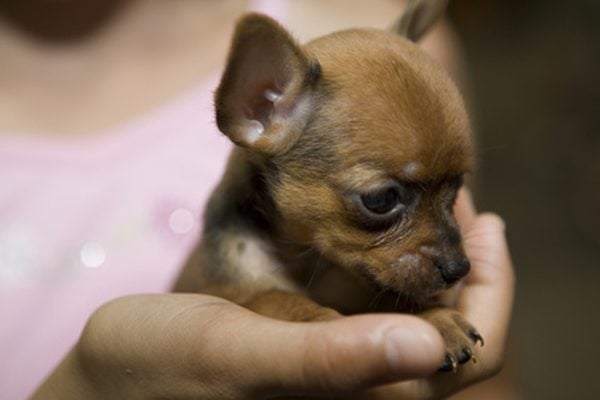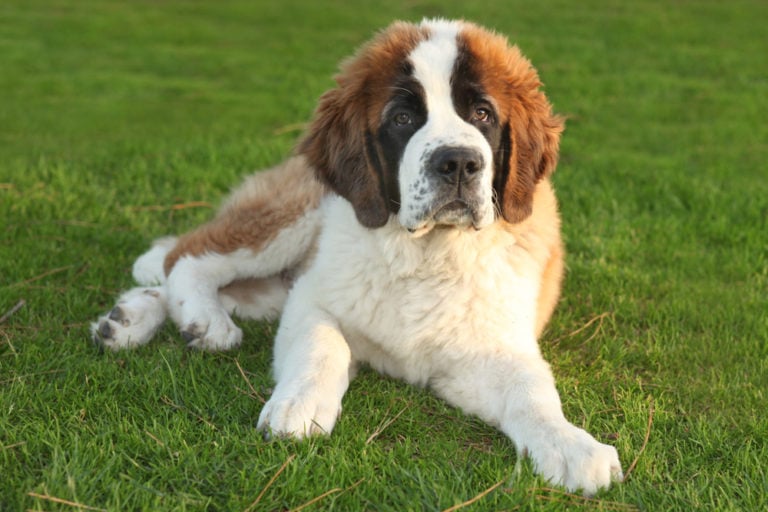15 Incredible Dogs With The Oddest Working Roles
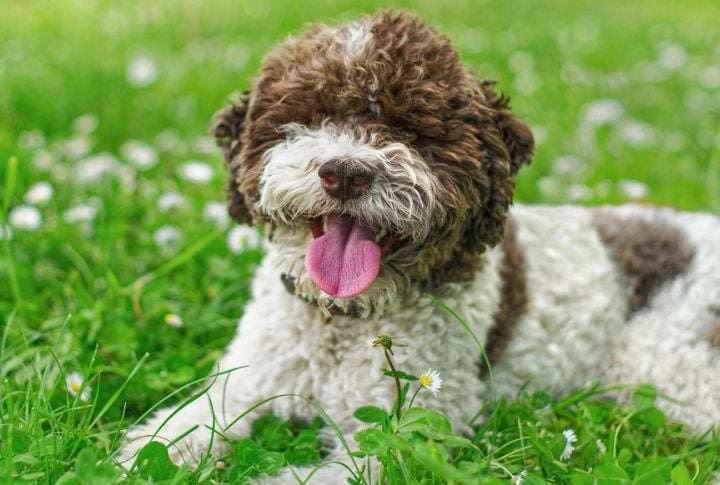
Dogs are known for fetching toys, but some take on truly unusual roles. Certain breeds handle tasks so unique that they blur the line between work and legend. Here’s a lineup of rare dogs with strange jobs, some still carrying out their duties while others are part of the lore.
Lagotto Romagnolo

Before machines found truffles, people trusted paws. The Lagotto Romagnolo (Italy’s curly-coated treasure hunter) has an extraordinary nose calibrated for sniffing out these buried delicacies. Unlike pigs, which eat the truffles they find, Lagottos are all business. They’ve been working in northern Italy since the Renaissance.
Maremma Sheepdog

A pack of penguins once needed bodyguards, and this breed delivered. In Middle Island, Australia, Maremma Sheepdogs were deployed to protect dwindling populations of little penguins from fox attacks. Known for their loyalty and independence, these dogs bonded with the birds as if they were born to.
St. Bernard
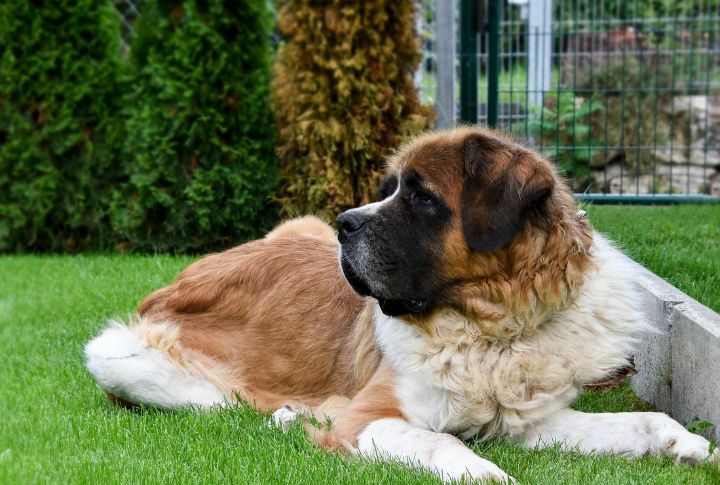
People still imagine a barrel around the neck, but that’s more legend than truth. In the Swiss Alps, St. Bernards roamed avalanche-prone passes, using sheer size and an uncanny sense of direction to locate buried travelers. Monks at the Great St. Bernard Hospice trained them for generations.
Tibetan Mastiff
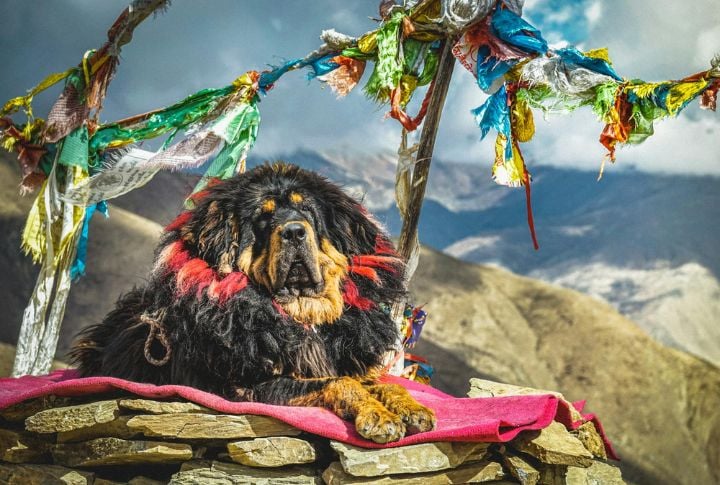
Predators don’t mess with this dog. Bred by the nomadic cultures of Tibet, Nepal, and India, the Tibetan Mastiff is rare and revered. These dogs stand sentinel over yaks and villages, even in wolf and snow leopard country. Their job is primal and far from ceremonial in remote regions.
Norwegian Lundehund
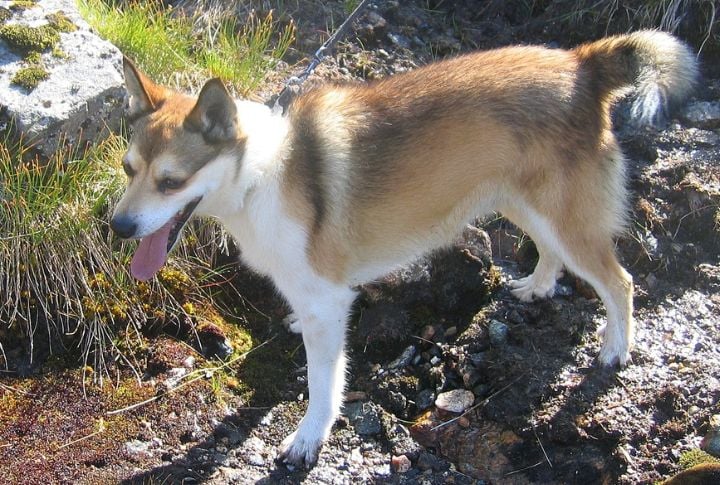
This puffin hunter defies biology. With six toes on each foot, the Norwegian Lundehund can grip slippery cliffs and even bend its neck backward to squeeze into rocky crevices. On Norway’s northern coast, these rare dogs once fetched seabirds from vertical nests. Nature made them specialists.
Pumi
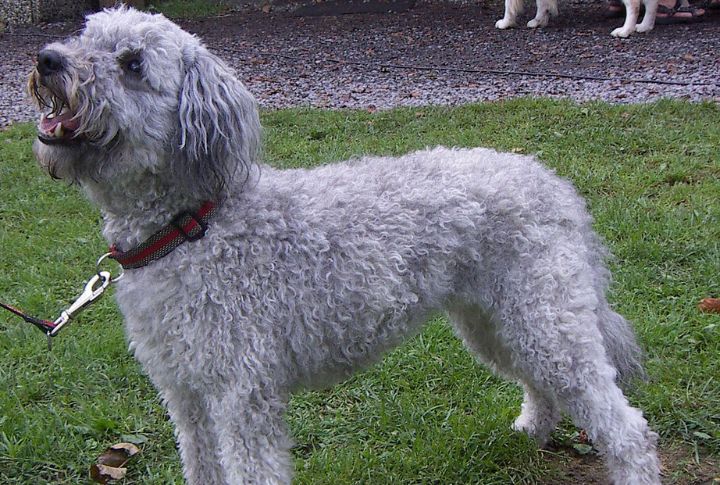
Few herding dogs bounce like the Pumi. In rural Hungary, some use high-pitched vocalizations and constant motion to round up sheep and pigs. Their job is conversation. While other breeds push, the Pumi negotiates. These rare dogs excel in hilly terrain, and their expressive ears never stop tuning in.
Catahoula Leopard Dog
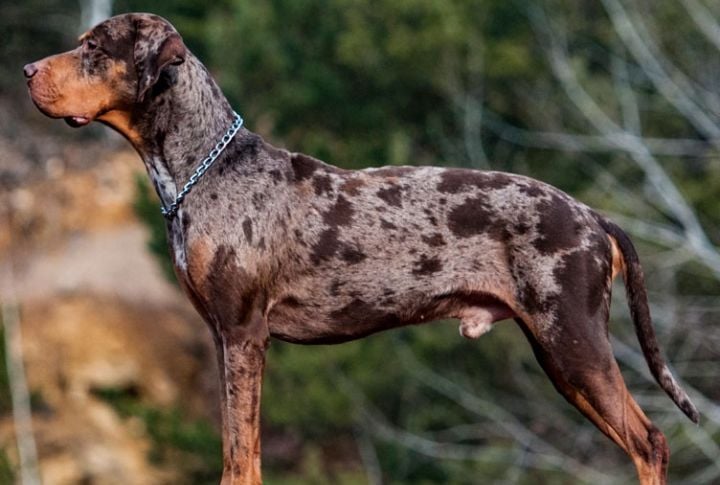
There’s no room for hesitation when wrangling wild hogs. The Catahoula Leopard Dog (Louisiana’s state dog) was bred for grit. Using eyes that sometimes show two different colors, they read movement and body language with eerie precision. Catahoulas thrive in chaos and come out wagging.
Thai Ridgeback
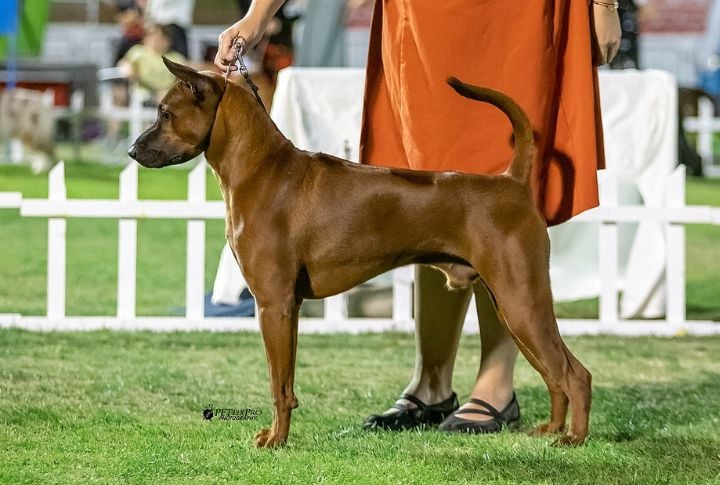
Originally used to guard carts and homes, this Southeast Asian breed developed street-smart instincts in isolation. Found mainly in rural Thailand, Thai Ridgebacks were multipurpose workers: pullers, protectors, and even snake killers. Their independent streak runs deep, and they rarely tolerate strangers.
Great Pyrenees
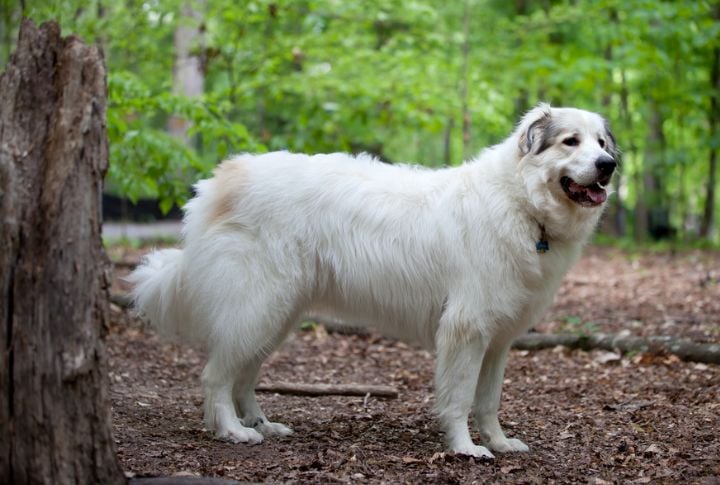
Roaming the Pyrenees mountains for centuries, these giants earned their keep silently. Great Pyrenees don’t herd; they defend. They were trusted to live among flocks for weeks, sometimes months, without human contact, fending off bears and wolves.
Jack Russell Terrier
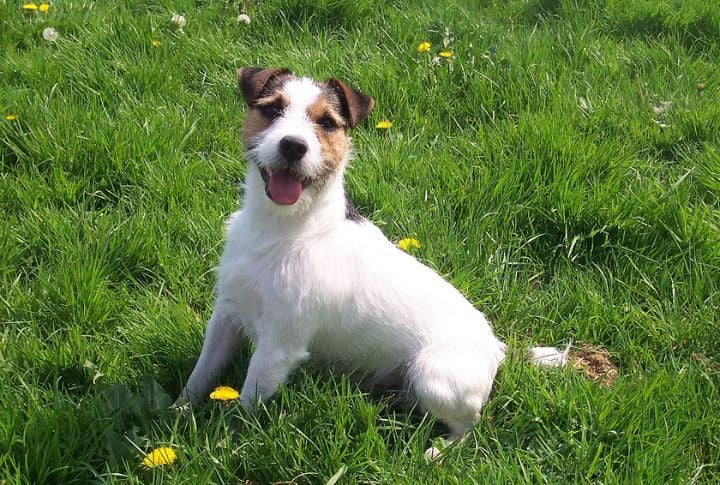
Not just a TV sidekick, these tiny dynamos once had a job far less glamorous. In England, Jack Russells were bred to pursue foxes and badgers into underground tunnels, barking nonstop to alert hunters above. Their fearless nature and compact build made them ideal for the gritty work of earthdogging.
New Guinea Singing Dog
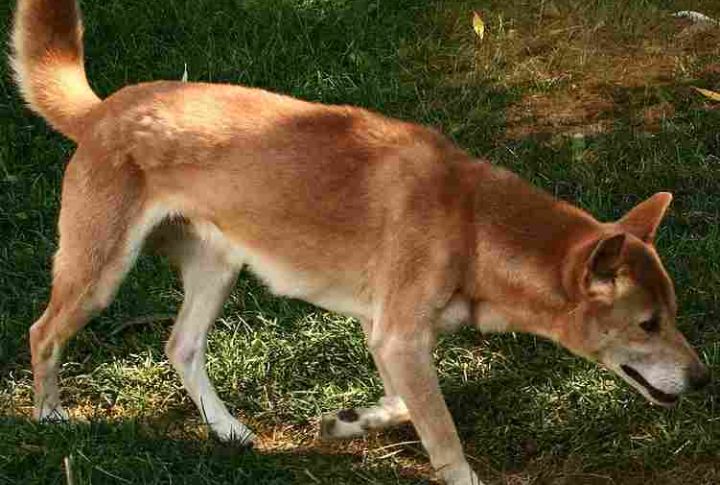
No other dog sounds like this one. Known for harmonic howls and haunting tones, the New Guinea Singing Dog was once thought extinct in the wild. Now semi-domesticated, some are used in conservation to track scent trails in rugged terrain. Their agility and musical communication make them one of evolution’s oddest gifts.
Komondor

Don’t let the mop fool you; this dog’s coat is tactical. The Komondor (native to Hungary) was bred to blend into flocks and surprise predators. Its heavy cords provide insulation and protection during attacks. Unlike active herders, Komondors wait and strike.
Dachshund

That long body had a purpose. In 15th-century Germany, Dachshunds were bred for badger dens. Their courage was unmatched, and those little legs could tunnel where humans couldn’t. Though more often seen in sweaters now, some still participate in legal earthdog trials that echo their original underground job.
Chinook
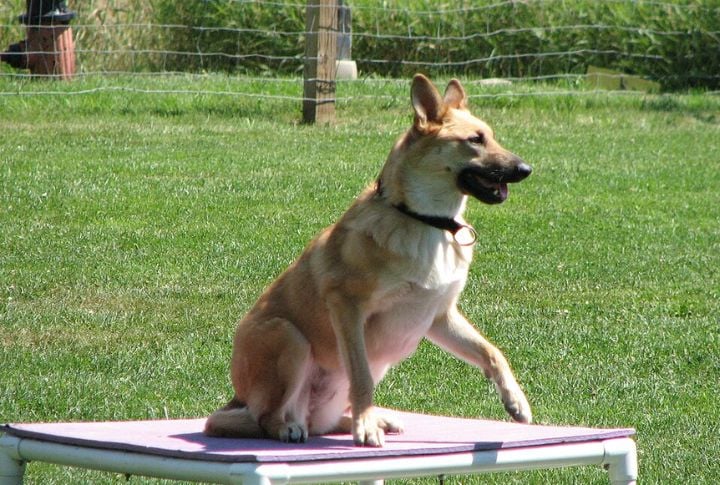
This sled-pulling breed was born in New Hampshire and nearly disappeared by the 1980s. Chinooks were designed for endurance. Used for hauling freight and accompanying Arctic expeditions, they’ve slowly regained numbers. Though rare, they’re a living piece of working dog history on frozen trails.
Bergamasco Sheepdog
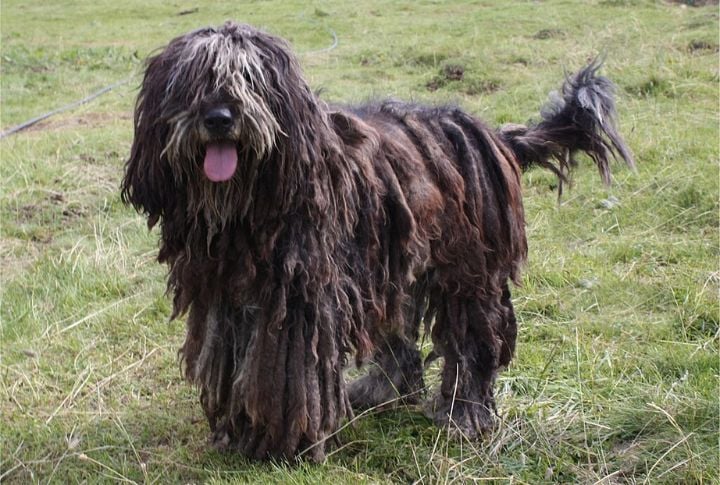
Vision is optional when the nose knows. The Bergamasco’s thick, felted coat keeps it warm in the Italian Alps while it herds sheep by scent and movement cues. These dogs work closely with their humans and form partnerships built on trust and intuition.



